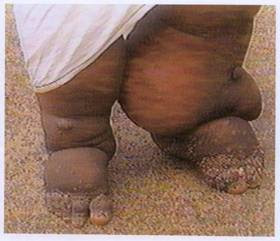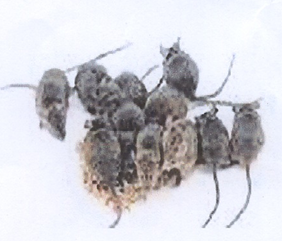Filariasis Treatment and Prevention
Definition
Filariasis is a parasitic disease (usually an infectious tropical disease) that is Caused by thread-like nematodes (roundworms) belonging to the superfamily Filarioidea, also known as "filariae". These are transmitted from host to host by blood-feeding arthropods, mainly black flies and mosquitoes.
Causes
Caused by three species of filarial worms that infect humans are:
- Wuchereria bancrofti
- Brugia timori
- Brugia malayi
Signs and Symptoms
- Fever repeatedly for 3 s / d 5 days every 1-2 months
- On the thighs and underarms swelling of the lymph nodes that looked redness, heat and pain
- Swelling of the legs or arms, breasts, testicles that look red and feel hot because the lymph fluid unstoppable
- Can cause defects in the form of an enlarged settling legs, arms and genitals
- Unable to work optimally
Prevention Method
a. Check themselves to the health of the possibility of clinical symptoms of disease.
b. Trying to avoid mosquito bites by:
- Sleep-wear mosquito nets
- The holes / ventilation houses covered with fine mesh wire
- Do not let the mosquitoes nesting in or around the home
- Killing mosquitoes with mosquito sprays
Care and Treatment
- To prevent fever give febrifuge
- Immediately taken to the nearest health center or local health department (Hospital)



